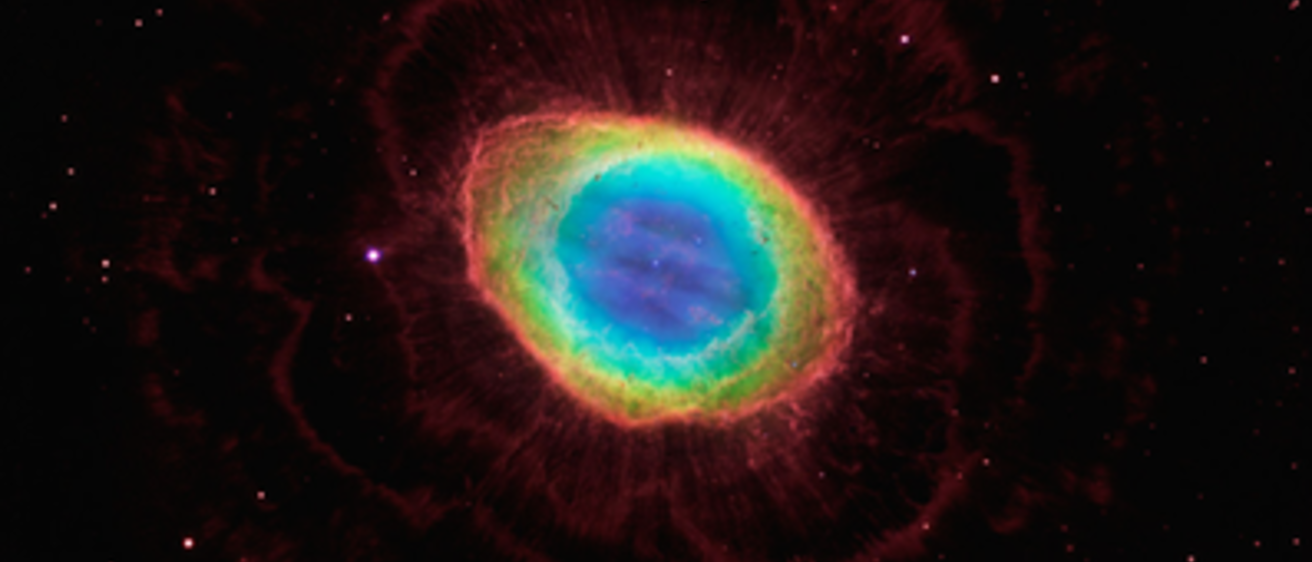
Image Credit: NASA , ESA, O’Dell, Ferland, Henney, and Peimbert
Background
The Ring nebula is a planetary nebula located in the constellation of Lyra. It is located ~700 parsecs away. The image above was take with Hubble Space Telescope in a red filter, blue filter, and green filter.
